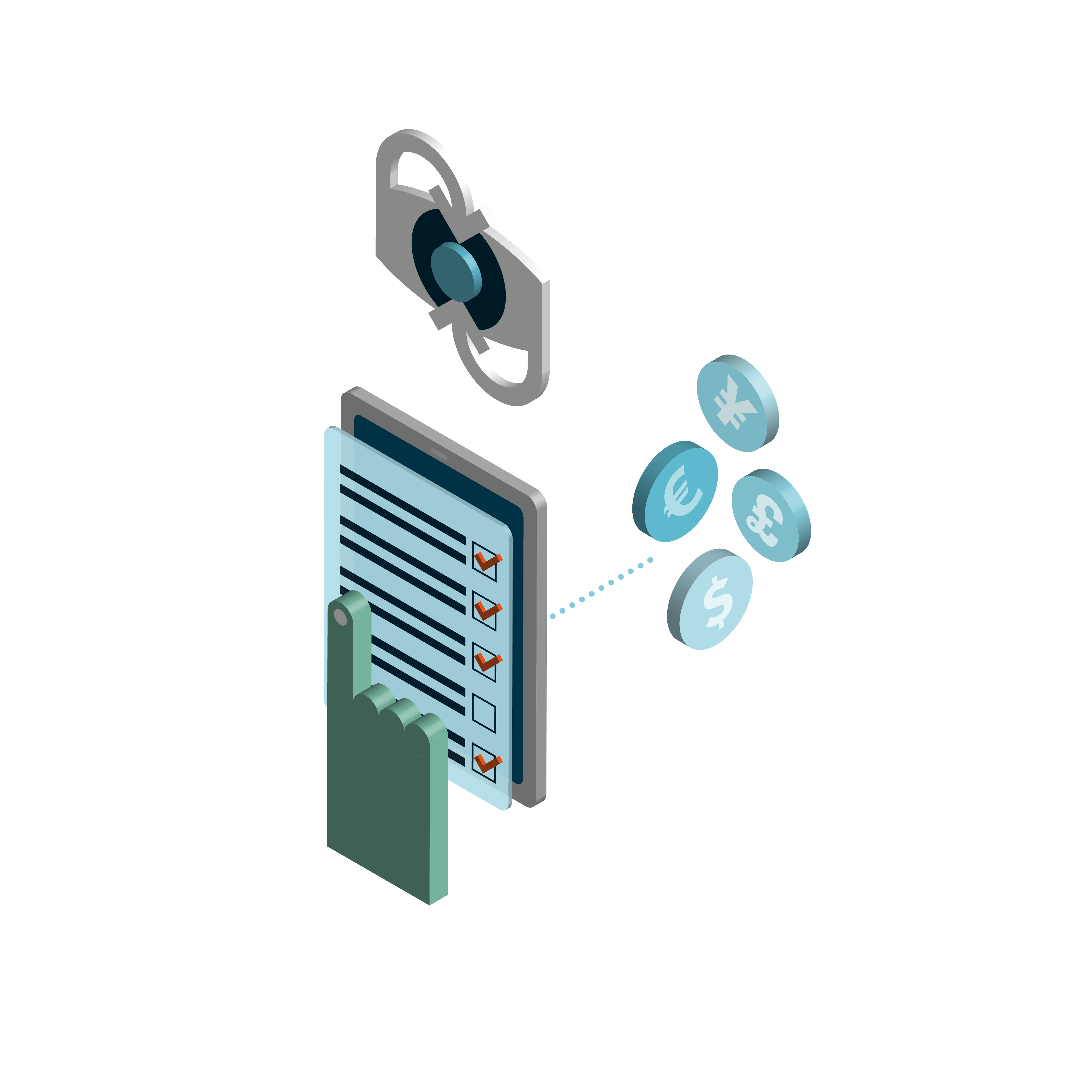Tax Liability Insurance opportunities: A Comprehensive Guide for businesses
Published on 10th April 2025
Tax Liability insurance (TLI) is an increasingly popular tool for businesses seeking to mitigate uncertainties and potential liabilities associated with tax positions. This article aims to provide a high-level overview of what TLI entails, the types of risks that can be insured, the underwriting process, policy terms and how Osborne Clarke (OC) can assist in utilising the benefits of TLI.

What is Tax Liability Insurance?
TLI is a specialised and bespoke form of insurance designed to cover specific known tax risks. These risks may result from disputes with tax authorities over the interpretation of tax laws or the application of regulations and case law. Essentially, TLI provides a safety net for businesses, ensuring that any unexpected tax assessments and related interest, penalties and defence costs do not adversely impact their financial stability. TLI may also be worthwhile if a tax ruling from the DTA is not an option (whether this is due to limited Dutch substance, time constraints or just to let sleeping dogs lie…).
Tax Liability Insurance vs. Warranty & Indemnity (W&I) Insurance
You may already be familiar with Warranty & Indemnity (W&I) insurance, which is commonly used in mergers and acquisitions. While both types of insurance aim to mitigate tax risks, they should not be confused with each other as they cover different aspects:
W&I Insurance (unknown risks)
This insurance protects against breaches of warranties and indemnities provided by the seller in M&A transactions. It covers risks related to the accuracy of statements made about the business being acquired, such as financial performance, legal/tax compliance, and asset ownership. Importantly, W&I insurance typically covers unknown risks that may arise post-transaction. As soon as a risk is flagged in a due diligence report, it is normally excluded from W&I coverage (although affirmative cover may be negotiated with the insurer, which is basically a W&I-integrated form of TLI).
Tax Liability Insurance (known risks)
Unlike W&I insurance, TLI specifically addresses known risks (also outside of an M&A context). It covers tax risks which may arise from disputes with tax authorities over tax law or case law interpretations and applications. TLI can even provide coverage for risks that are currently under audit or litigation, offering protection for uncertain tax position that are already identified and potentially contentious.
Types of Risks Covered
TLI can cover a wide range of tax-related risks, including but not limited to:
- Corporate Tax: These include uncertainties related to the application of interest deduction limitation rules, tax facilities in mergers and acquisitions, restructurings, and other corporate transactions or the application of the Dutch participation exemption.
- Withholding tax: Examples are the application of the Dutch dividend withholding tax exemption (which may depend on the level of substance up the shareholder chain) or whether a distribution is in scope of the Dutch conditional withholding tax on interest payments or dividends.
- Value Added Tax (VAT): Potential liabilities arising from the incorrect application of VAT rules or a business transfer (not) qualifying as the transfer of a going concern.
- Real estate transfer tax (RETT): This may include the qualification of an entity as a real estate company or the VAT classification of a building plot / "new" building.
- Transfer Pricing (TP): Disputes related to the (arm's length) pricing of goods and services between related entities.
- Employment Tax: Issues concerning payroll taxes, employee incentives, and classification of workers as self-employed workers or employees.
- International Tax: Risks associated with cross-border transactions and tax residency.
- Other: As TLI is truly bespoke, almost every risk may be insurable. Some insurers are even more interested in the more unique stuff!Insurers are usually interested in a minimum tax risk of at least EUR 1 million and up to 1 billion (yes, with the 'b').
The Underwriting Process
So, you identified a risk you want to insure, now what? The underwriting process for TLI involves several key steps and multiple parties, including brokers, insurers, and of course, OC to guide you through the whole process:
1. Initial Assessment: OC will always proactively review client's risks to estimate whether TLI could be a viable solution. If you are not already a client at OC, feel free to pick up the phone and discuss your tax risk with us. We are happy to perform an initial review to assess whether your situation may be suitable for a TLI solution. As we often represent and advise insurers in the underwriting process, we know quite well what type of risks will be insurable. We can also discuss your situation with a broker (on a no name basis) to see whether it makes sense to start the underwriting process.
2. Broker: If, following our initial assessment, your situation seems suitable for a TLI solution, we get a broker involved. We prepare a tax opinion (memorandum) for the broker and potential insurers. This memo covers the facts and our tax analysis including our estimation of the risk. The broker acts as a bridge between your business and the insurers. The broker conducts a preliminary evaluation of the tax risk and approaches several insurers with the invitation to provide their NBI (non-binding indication) of the key policy terms. Insurance premiums are usually between 0.8% and 4% depending on the size and nature of the risk (naturally, if a risk is under audit or litigation, the premium may be higher). Keep in mind that insurers usually have minimum premium of around EUR 40,000 to 80,000. Together with the broker, we help you to understand the insurance options available and choose the insurer which fits your needs.
3. Insurer: After selecting an insurer (or multiple insurers (a so -called "tower") in case it regards a larger risk), the insurer's tax advisor will review OC's tax opinion and prepare an insurer memo. This memo is basically to determine whether the insurer agrees with OC's risk estimation. In this due diligence process, the insurer often requests additional information and documentation. We will guide you through this Q&A process and support in all correspondence with the insurer and their advisor.
4. Policy Structuring: While the insurer is performing its DD, it's also time to start drafting the insurance policy. In this stage, it is especially important to define the insured risk in such a way that the policy will actually fully cover the risk if it materialises (without any unreasonably broad limitations and exclusions). The parties also have to agree on adequate representations and undertakings. As OC's tax advisors are all qualified attorneys as well, we are well equipped to negotiate and draft the wording to offer maximum protection.
The whole process from initial assessment to policy inception normally takes as little as one to three weeks! This is a huge advantage as opposed to a tax ruling process which may take several months to a year (or more…).
Wrap-up
In conclusion, TLI offers a valuable solution for businesses looking to safeguard against unexpected tax liabilities.
OC's experts in tax law and insurance are keen to help potential clients effectively manage their tax risks and secure the financial protection they need. For more information on how we can assist, please contact our team of specialists below.



